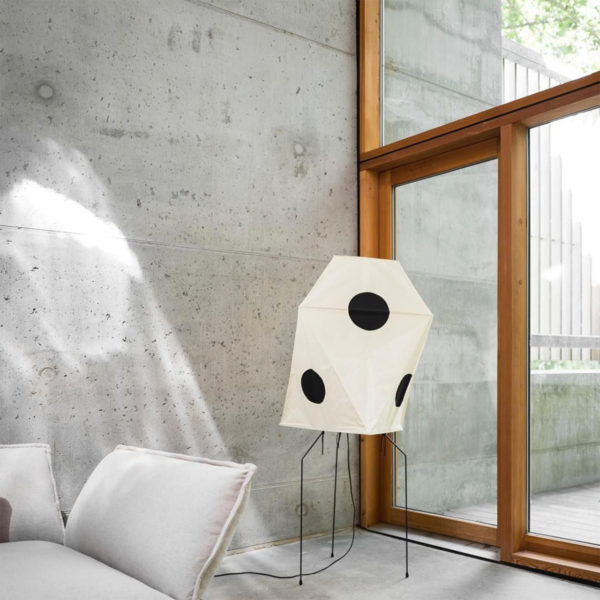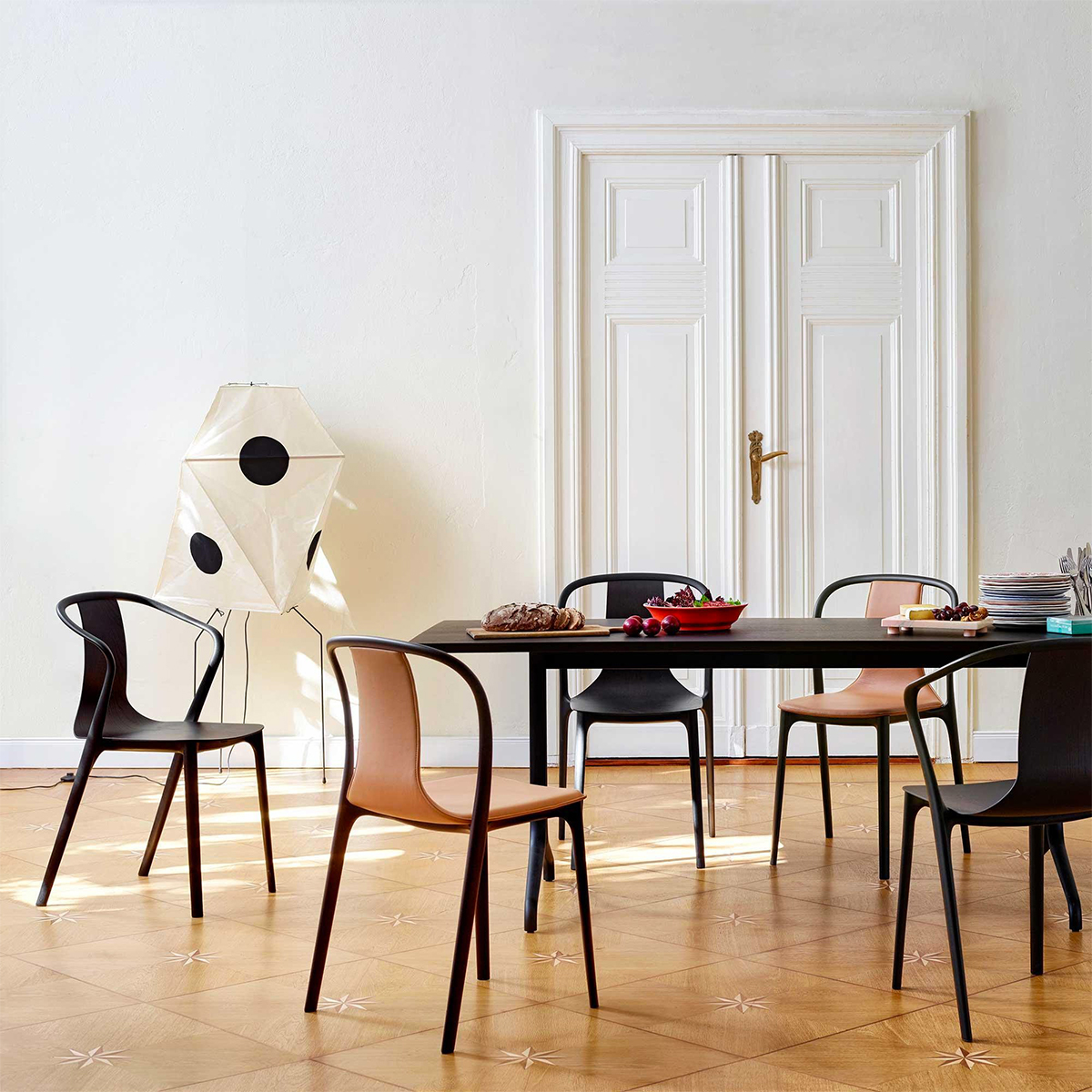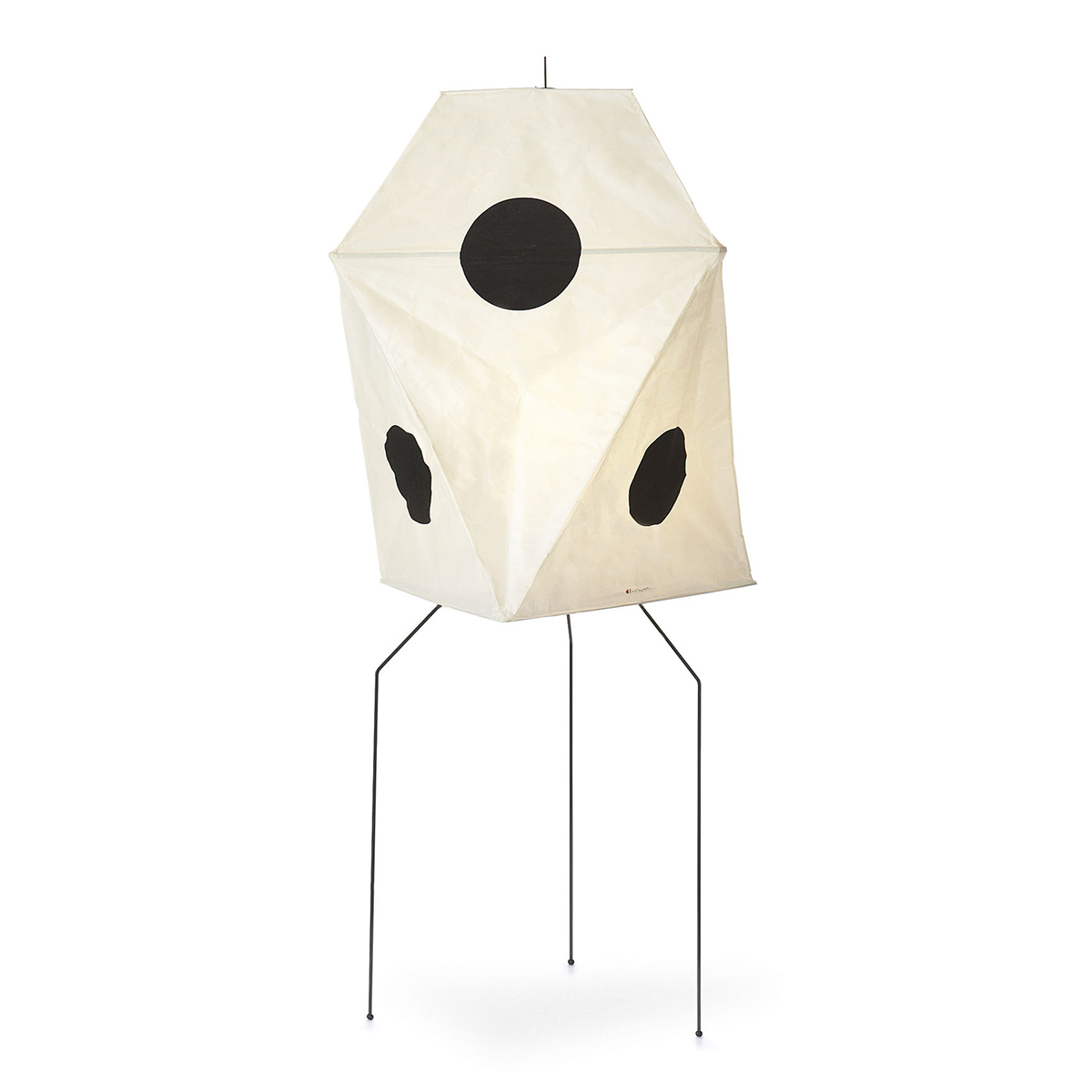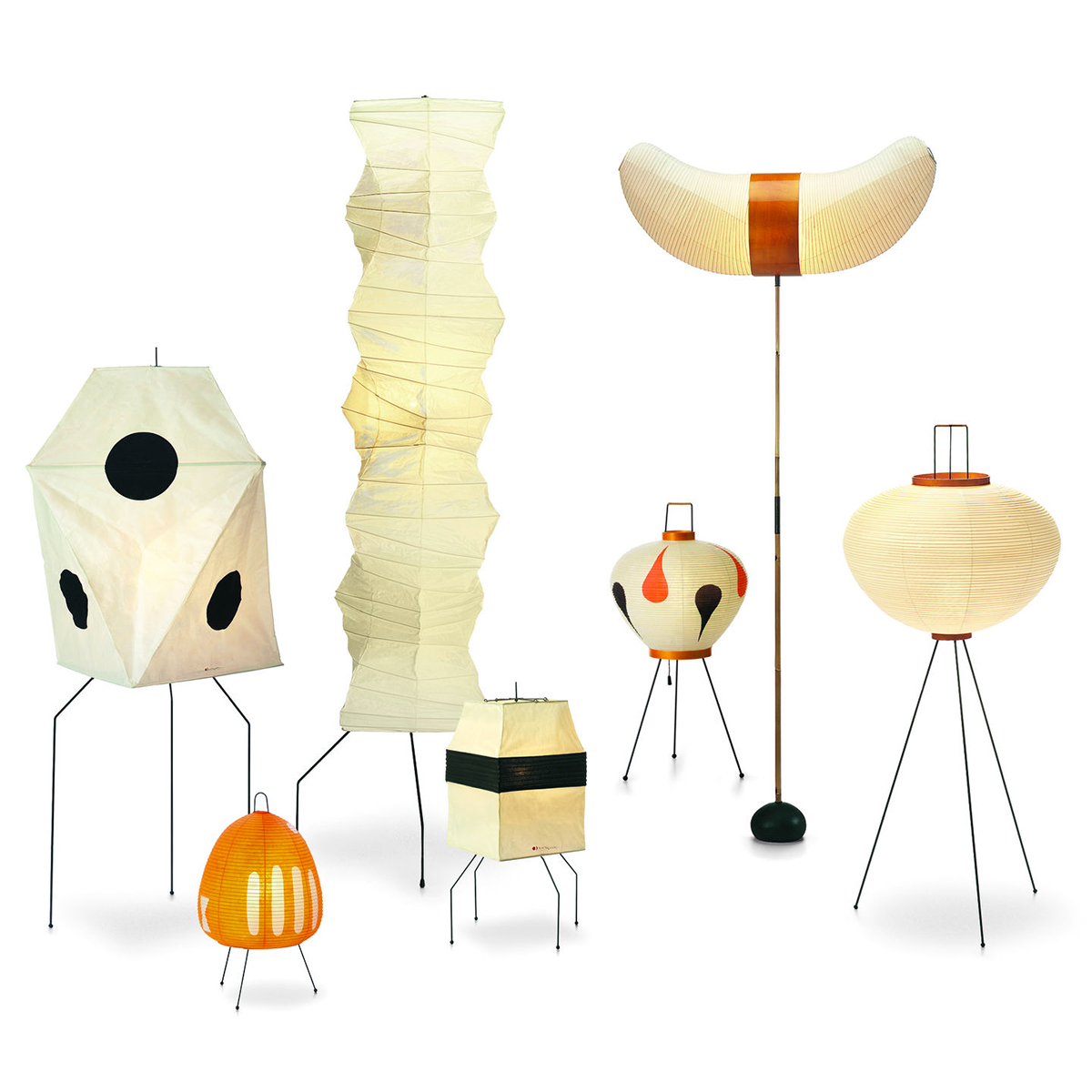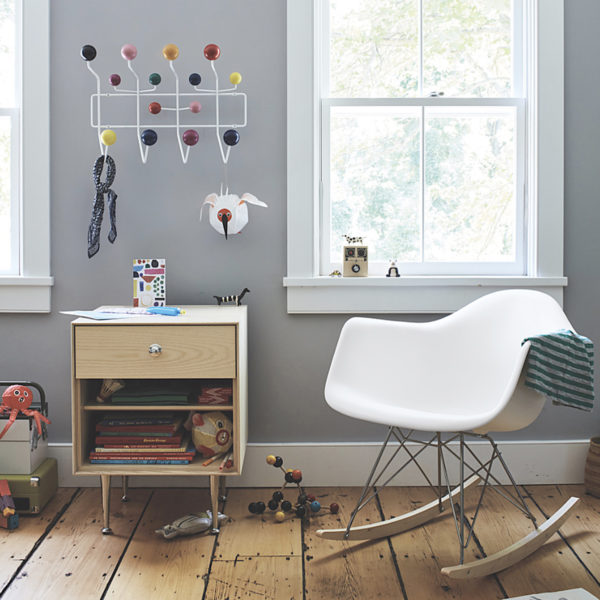Description
In 1951, the American artist of Japanese origins Isamu Noguchi began designing the Akari Light Sculptures, a group of works made by hand with washi paper which eventually came to include over 100 table, floor and ceiling lamps. For these objects, the artist chose the name “akari”, a Japanese word similar to the English term “light”, which recalls the concepts of physical legerity and lightness. Akari UF3-Q, is made entirely by hand. In a first phase, some bamboo sticks are extended through the original wooden shapes designed by Noguchi to create the structure that determines the shape of the object. Made from the bark of the mulberry tree, the washi paper is cut into strips, which are then glued to the rib of the bamboo. Once the glue has dried, the wooden shape is removed and the lampshade can be folded. The Akari Light Sculptures are marked with a stylized logo in the shape of a sun and moon which also recalls the corresponding Japanese characters. This symbol guarantees the authenticity of each product.


